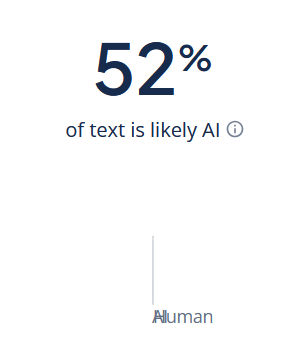This is a genuinely compelling suggestion, and I think it touches on several critical design aspects that are often overlooked when it comes to reagent utility, crafting mechanics, and long-term engagement in Arcane Odyssey’s systems. The issue brought up — that prismatic geodes and askew roots have become largely forgotten since the removal of interchange from mystery potions — is not only valid, but emblematic of a broader challenge in maintaining meaningful item diversity in sandbox-RPG environments. Let me break down why this proposal is both a great idea and a smart evolution of current mechanics.
1. Restoration of Value to Obsolete Items
Let’s start with the core problem: prismatic geodes and askew roots currently have no meaningful niche. After the interchange removal, the ecosystem of mystery reagents lost a lot of its spontaneity and value. The core design appeal of “mystery” reagents has always been risk versus reward — the thrill of unpredictability, the chance to get lucky, or to roll something terrible and laugh it off. Once that loop lost its primary value (interchange), the rest of the mystery reagent family took a nosedive in relevance. This suggestion breathes new life into those items. Rather than being throwaway loot or clutter, they become exciting again — worth hoarding, worth crafting with, worth trading for.
2. Introducing a Risk-Based Progression System
The concept of introducing a random gem reagent effect when combining a prismatic geode or askew root with a gem is brilliant, because it allows for a controlled form of chaos. It reintroduces risk-based crafting in a way that doesn’t invalidate existing direct pathways. You’re not replacing deterministic crafting methods — you’re offering an alternative for players who either can’t afford high-end reagents or simply prefer the thrill of taking a chance. In that sense, this mechanic respects both casual and hardcore playstyles: those who want guaranteed status duration can still farm or trade for it, while those who enjoy randomness and have accumulated dozens of underused materials can take a shot at greatness.
3. Economic Implications & Market Health
This idea also introduces a stabilizing influence on the in-game economy. Right now, some high-tier gem effects are prohibitively expensive — status duration, potency, luck, etc. They’re locked behind steep price walls or require grind-heavy farming paths. By introducing an alternative that is inherently unreliable, you put a subtle cap on how high those prices can climb, without devaluing them entirely. It’s a soft market regulation mechanism disguised as a crafting option. Players who don’t want to shell out 100,000 galleons for a reagent may instead burn through 20 prismatic geodes hoping to get lucky. The expensive reagent retains its prestige, but players are empowered to seek alternatives without relying solely on gold.
4. Future-Proofing and Design Scalability
Another point this suggestion cleverly addresses is future scalability. As new gem effects are added in future updates, the system remains inherently balanced. Any new effect added to the pool will automatically be part of the randomization structure — meaning every new reagent has two clear values: the deterministic cost (e.g. rare boss reward), and the random-craft route. This allows the dev team to keep introducing new effects without constantly worrying about power creep or outdated content. In fact, older reagents like askew roots and prismatic geodes will only increase in value as the gem effect pool widens.
5. It’s Just Fun.
We can’t underestimate this point either: gambling is fun. Not in the exploitative, predatory way — but in the way that games like Arcane Odyssey are built to support: safe, in-universe, resource-based luck systems. The tension of opening a chest, the suspense of crafting a gem and hovering over the result — those are feelings that keep players coming back. In this case, the player clearly and humorously expresses their love for blowing their life savings on RNG-based mechanics, and you know what? That’s a perfectly valid way to engage with a game like this. It’s meaningful, it’s engaging, and it makes use of underutilized systems. If someone wants to craft ten mystery musgravite gems with luck IV and hope for swim speed, they should be able to. And if they hit the jackpot? That story will be shared across the community, sparking discussion, envy, and laughter. That’s what systems like this are built for.
Conclusion
This suggestion brings depth, balance, and excitement back to a stale portion of the game. It resurrects forgotten items, enhances the gem-crafting system with new layers of decision-making, supports a healthier in-game economy, and provides an evergreen mechanic that scales well into future content. And most importantly — it’s fun. Players want to use their loot. They want to roll the dice. Let them. Give prismatic geodes and askew roots the arcane glory they deserve, and bring back a little chaos to the world of structured optimization.
